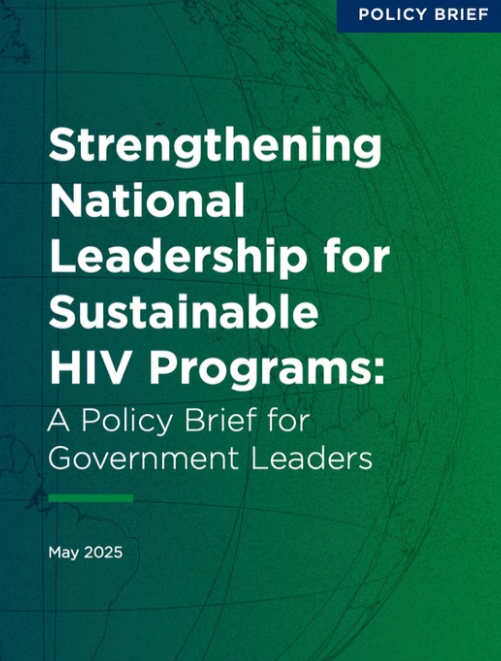The Missed HIV-Positive Children of Ethiopia
The Missed HIV-Positive Children of Ethiopia
Abstract
Objective
As elsewhere, due to scarcity of data and limited awareness of HIV infection, especially in older children, the HIV epidemic among Ethiopian children appears neglected in national programs (children ART coverage is of only 12% in 2013). This paper estimates the country burden of HIV in older children and investigates the prevalence of HIV in orphans and vulnerable children (OVC) households.
Design/Methods
We analyzed national HIV data for Ethiopia, using Spectrum/Estimation and Projection Package (EPP) and primary data on children living in households with at least one HIV-positive adult in the Amhara and Tigrai regions. Descriptive analysis of the age and sex distribution of HIV-positive OVC in Ethiopia was performed.
Results
Our Spectrum/EPP analysis estimated the population of HIV-positive children under 15 years old to be 160,000 in 2013. The majority of children (81.6%) were aged 5 to 14 years. The estimated number of orphans due to AIDS was 800,000. The empirical data from almost 10,000 OVC under 18 years showed 11.9% were HIV-positive, the majority of whom were between 5 and 10 years old with no significant difference between males and females.
Conclusions
There is a large population of children living with HIV in Ethiopia, the magnitude of which has not been previously recognized. The majority were vertically infected and never identified nor linked into treatment. OVC represent a reachable group which could account for a substantial proportion of the HIV-infected older children. We recommend that HIV programs urgently synergize with social protection sectors and address these children with HIV testing and related services.

